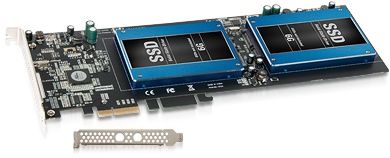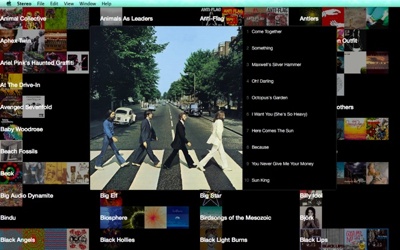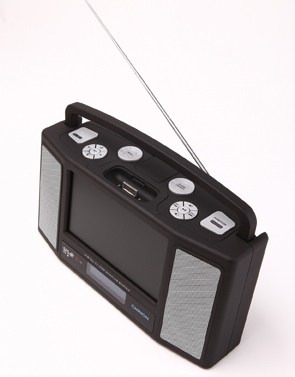An explosion of bandwidth-hungry applications and broadband Internet users is driving dramatic changes in the high-speed data transmission market. Meanwhile, fiber optic sensor technology is also expanding rapidly.
Monitoring and data transmission using fiber optic sensors and optical fiber in cabling have become commonplace in various applications. What does the future hold for optical networks and sensors? According to new data from Global Information (http://www.giiresearch.com) — an information service company partnering with over 300 research companies around the world — public and private networks are experiencing unprecedented end-user demand for bandwidth, resulting in a need to cost-effectively scale the capacity of communications networks.
The amount of backbone Internet bandwidth maintained by major Internet carriers has been expanding by 75% to 125% per year. 40 Gb/s networks already have a history of success; and 100Gb/s rates are being introduced by major service providers. Industry analysts are already talking about 400 Gb/s and even 1Tb/s interfaces; such rates are becoming a necessity for data centers and computing networks, as well as for long haul applications including terrestrial submarine extensions.
Fiber optic sensor consumption value will grow at an impressive average annual rate of 20.5% from US$1.34 billion to $3.39 billion over the next five years, according to Global Information. Use of fiber optic interface extrinsic sensors is forecast to increase at 18.15% per year. Meanwhile, worldwide consumption value for fiber optic intrinsic sensors is forecast to increase at an average annual growth rate of nearly 20.7% during the 2011-2016 forecast period.
— Dennis Sellers




